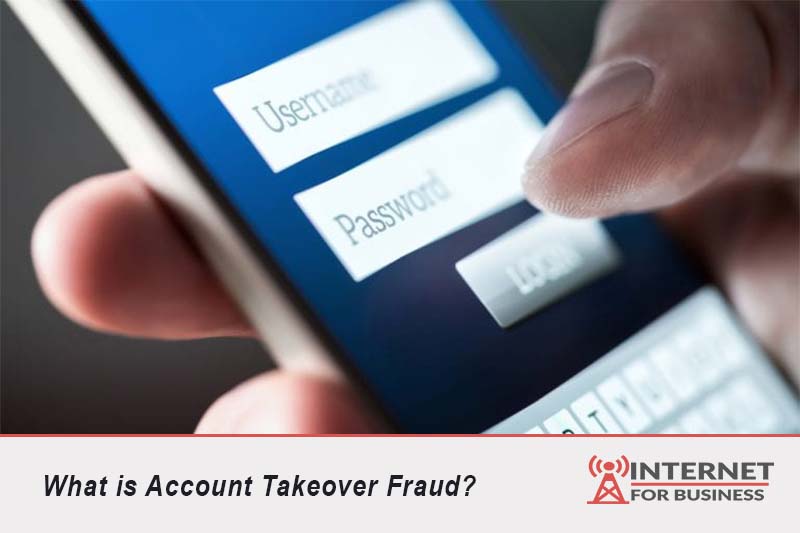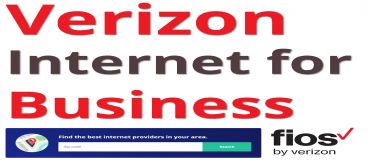What is Account Takeover Fraud?

Account takeover fraud (also known as ATO fraud) is a kind of identity theft that happens when a cybercriminal uses stolen credentials to obtain unauthorized access to the account of a victim like an email account, online shopping account, or bank account. 37 percent of U.S. employees have encountered account takeover fraud, according to our latest data protection study.
We will clarify how these schemes are executed by fraudsters and share steps you can take to protect yourself and your clients from account takeover fraud.
How are identity thieves stealing my information?
By now, we're all used to data breaches that one day make headlines and the next are forgotten. But these breaches, often in the form of an account takeover attack, continue to affect companies and customers for months and even years after they occur.
Fraudsters typically acquire the credentials of victims through data breaches, whether they conduct the data breaches themselves or buy the stolen data on the dark web. They also trick victims through social engineering systems such as phishing into voluntary information.
Phishing, in fact, remains a highly successful tool for carrying out account takeover fraud. Account-holders are often duped into clicking on a malicious email link that takes them to a false page where login credentials are entered. When they are typed into a legitimate site, man-in-the-middle attacks and malware such as keyloggers often capture login credentials.
They are able to make adjustments and execute illegal transactions until a fraudster gains possession of your account. The criminal could gain access to confidential company information if it is a business account, potentially leading to a data breach.
And this is a scenario that is very true. Research showed that 72 percent of businesses where a worker also reported an account takeover reported a data breach, compared to just 12 percent of businesses where workers did not experience an account takeover.
Also Read : What is Email Phishing Scam and How to Avoid them
What is the difference between fraud in the account takeover and fraud in the new account?
Account takeover fraud and new account fraud are usually confused concepts, but two somewhat different systems are currently used.
New account fraud is also activated by synthetic identity fraud, which generates a new identity using both real and fake details. Usually, the actual data is stolen or bought on the dark web. Many victims of synthetic identity theft are kids who will not find out that their data has been compromised until they apply as an adult for their first line of credit.
How do cybercriminals execute account takeover?
Account takeovers are carried out mainly by credential stuffing and assaults by brute force.

What is Identity Stuffing?
Credential stuffing is a cyberattack used by hackers to break into other online accounts using passwords obtained from one compromised account. In other words, hackers will use the same passwords to access your other accounts over the internet if your email address and password are exposed during a data breach at one organization. More than likely, with numerous accounts, you're among the large portion of the population that reuses the same passwords.
Research finds that this fundamental mistake is committed by more than half of 53 percent of users, opening up transparency and a variety of other online schemes.
What are attacks by brute-force?
A brute-force attack involves a hacker attempting infinite combinations of characters before an account's right password is discovered. Generally, brute-forcing is achieved using an automated program, often using so-called dictionary attacks that combine words, numbers, and symbols that are widely used.
This technique is a major reason why it is so necessary to use strong passwords and wherever possible, allow two-factor authentication on company applications.
How to defend yourself from the account takeover
Not reusing passwords and setting up multi-factor authentication on accounts are the most important things for consumers to do to prevent account takeover fraud.
It is important to avoid account takeover identity theft by enabling multi-factor authentication for online accounts (e.g. a code sent to your mobile device). It provides a second layer of security and guarantees that as it happens, rather than after the fact, you will be alerted to an account takeover attempt.
You must also:
-
Learn how to spot a phishing method
-
To ease online account management, use a password manager
-
When connecting to unfamiliar or Wi-Fi networks, use VPN software
Make it harder for cybercriminals to access your personal data. By minimizing both the amount and type of information you post online, means reducing your digital footprint. We also built a detailed guide to removing personal information from the internet in order to help.
Related Articles:
How to Change Your Public IP and Router Address
Best Practices to Protect your business Email
Related Posts
Mon, Apr 20, 2020 11:13 PM
Business Internet Guides for Entrepreneurs
Small businesses need to grow, but how big should your business become before you buy it online? Whether you started out as a sideshow or a brick-and-mortar business, successful small businesses are finding it increasingly difficult to decide when to shell out money for an Internet business.
Wed, Apr 22, 2020 11:34 PM
Find Verizon Internet for Business Near You!
Verizon provides Internet for business in more than 40 states in the US, speeds are limited to 15 Mbps, and many businesses will need more juice. If you're in the Northeast, you can enjoy high-speed Internet via Verizon's FiOS. This is ideal for businesses that need high speeds, such as restaurants, hotels, medical facilities, hospitals, schools, and other businesses.
Thu, Apr 23, 2020 12:00 AM
5 Best Small Business Internet Service Providers (2021)
The following Internet Service Providers are not listed in any particular order, but we have ranked these five companies as worthwhile due to some key factors such as speed, reliability, cost, and overall customer satisfaction.
Thu, Apr 23, 2020 11:52 PM
Why Business Internet is More Expensive Than Residential Internet
This question is asked so often today that it seems worth explaining, but here are 5 reasons why business Internet is more expensive than Residential Internet packages.
Fri, Apr 24, 2020 5:17 AM
Comcast Internet For Business: Internet, Phone, TV, and Other Solutions for your Business.
Comcast Business is US largest cable provider for small and medium-sized businesses and has become a force in the market, recognized by leading industry over the past two years as one of the fastest-growing providers of high-speed broadband to business customers




